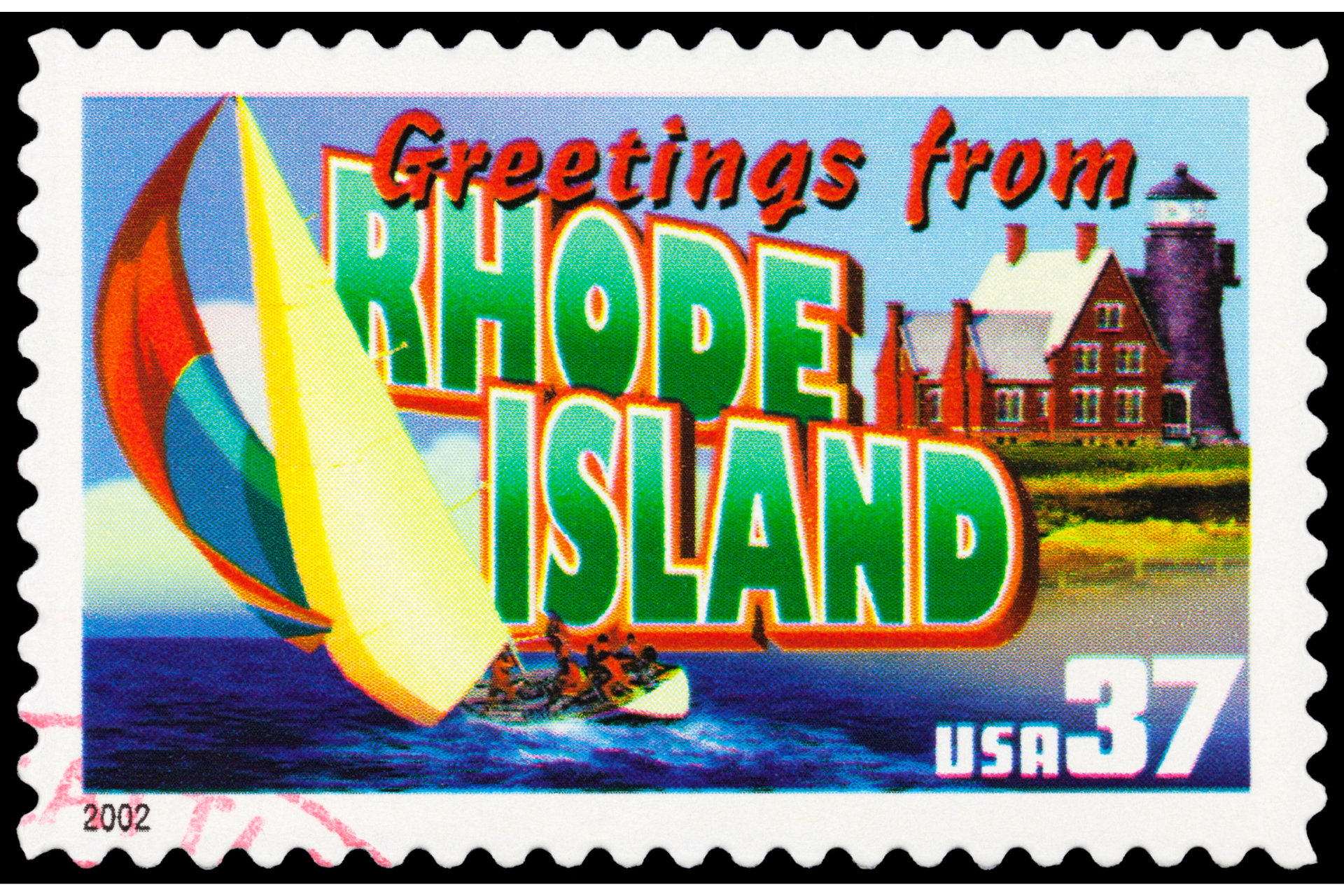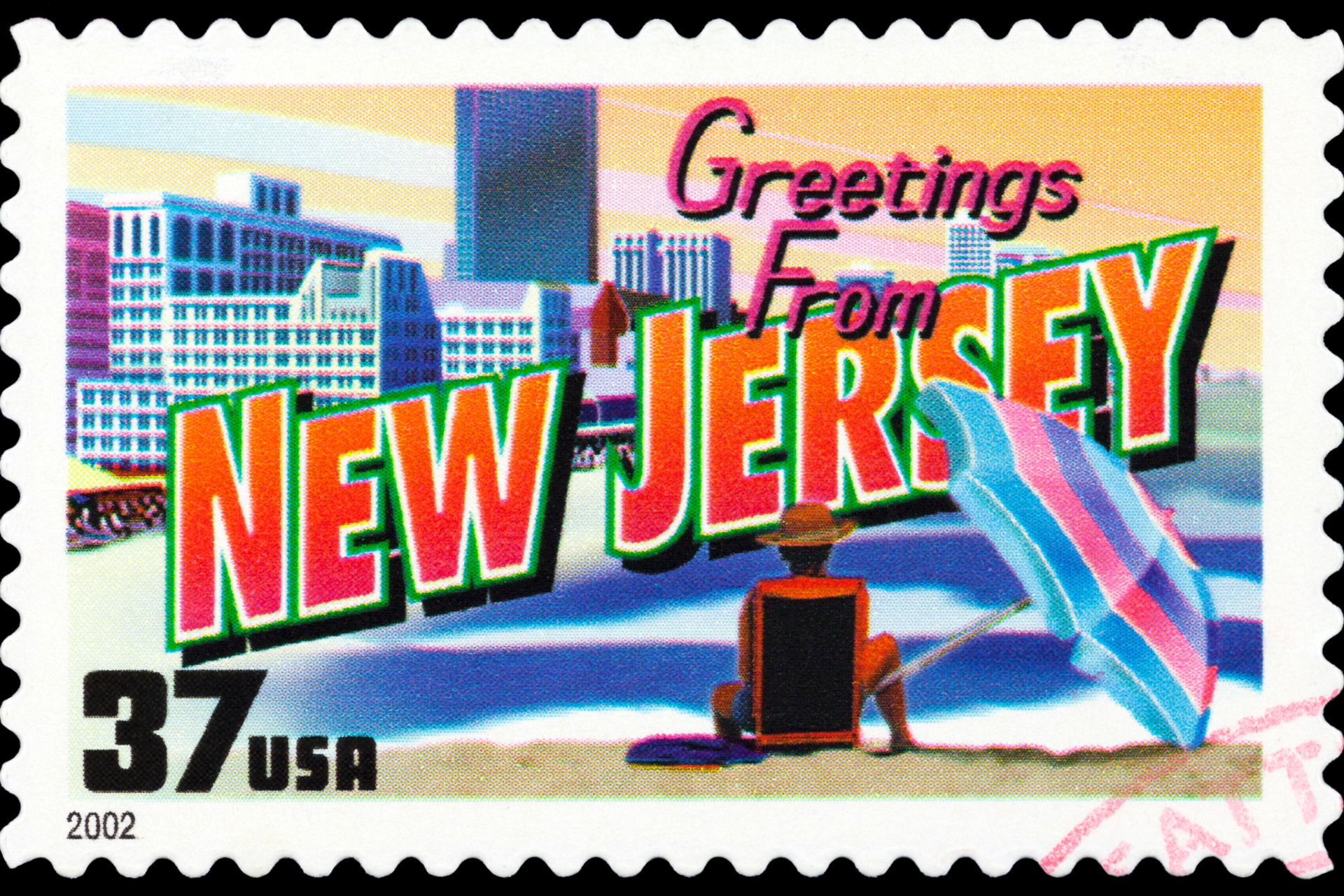Antonio Fernós-Isern was Puerto Rico’s Resident Commissioner in the 1950s, when Puerto Rico developed its own constitution. He proposed that the United States should stop reporting on Puerto Rico to the UN Committee on Non-Self-Governing Territories, and Governor Muñoz Marin agreed. The two sent a draft letter to President Eisenhower. Among other statements, the letter said that Puerto Rico had “ceased to be a territory of the United States.”
Surendra Bhana in The United States and the Development of the Puerto Rican Status Question, 1936-1968, described the negotiations that took place around that letter. The Department of the Interior removed the claim that Puerto Rico was no longer a territory. The State Department asked for the deletion of the phrase “vestiges of colonialism.” The term “compact” was inserted and removed from succeeding iterations of the letter.
For months, a series of letters went back and forth between the territorial government and the federal government, showing a distinct difference of opinion between the two sides. The governor frequently wrote that Puerto Rico was no longer a territory and that no decisions about the status or government of Puerto Rico could be made without the agreement of the people of Puerto Rico; the federal government agreed to remove the word “territory” from some documents, but was equally firm in its refusal to accept the suggestion that Puerto Rico was actually a sovereign nation, a claim the U.S. State Department has reinforced over the years.
A Page from History: State Department Rejects Enhanced Commonwealth
“Specifically, the divergence of opinion was over the term ‘compact’,” Bhana wrote. “The insular representatives believed that Congress had endorsed the compact idea, since Public Law 600 had been adopted ‘in the nature of a compact.'” The state department was adamant that no such compact existed, and that language was not included in the letter which eventually went to the United Nations.
Download the book, which contains in its appendix the letters described above.
The Fernós-Isern bill
In 1959, the territorial legislature drew up a list of proposals intend to “perfect the commonwealth.” These proposals were included in a bill, H.R.5926. introduced on March of that year by Fernos-Isem. A Senate companion bill, S.2023, was presented by Senator James E. Murray of Montana. The measure was called the Fernós-Isern Act, and sometimes the Fernós-Murray Project.
The bill had many elements that Congress could not accept. For example, it was described as, ‘The Articles of Permanent Association of the people of Puerto Rico with the United States.”
It held that “Statutory laws of the United States hereafter enacted shall not be deemed to be applicable with respect to the Commonwealth of Puerto Rico unless specifically made applicable by Act of Congress, by reference to Puerto Rico or to the Commonwealth of Puerto Rico by name.” It also said that, “All persons born in Puerto Rico on or after April 11, 1899, are citizens of the United States equally as if born in a State of the Union.”
It specified that all property ceded by Spain to the United States in the Treaty of Paris would be transferred to the government of Puerto Rico. It detailed plans for taxes and tariffs under the control of Puerto Rico and required that any changes made be approved by the people of Puerto Rico. As observers pointed out at the time, it asked for special privileges for Puerto Rico greater than those allowed to the states.
There were so many amendments proposed in the House of Representatives that Fernós-Isern wrote a new version of the bill and presented it again in 1960, but consideration was delayed. In 1961, Governor Munoz Marin surprised Congress by proposing to President Kennedy that Puerto Rico should instead hold a referendum on a choice among the viable options for its political status: commonwealth (that is, the territorial status), statehood, and independence.
The Fernós-Isern bill was not heard from again; without this legal redefinition of “commonwealth,” the territorial status continued with myriad attempts to redefine Puerto Rico’s status under a “commonwealth” label in ways which the federal government was never willing to accept. Fernos-Isern nonetheless continued to maintain that Puerto Rico was not a territory but an “Autonomous State” or a “Federated Republic,” a misimpression that continued for many years but is gradually being seen as incorrect as the Supreme Court and Congress recognize Puerto Rico’s inclusion in the U.S. Constitution’s Territorial Clause.
A Page from History: An End to the Illusion of Puerto Rico Sovereignty
What Did Puerto Ricans Really Get with “The Commonwealth” (“ELA”) in 1952?


